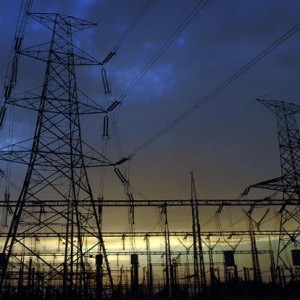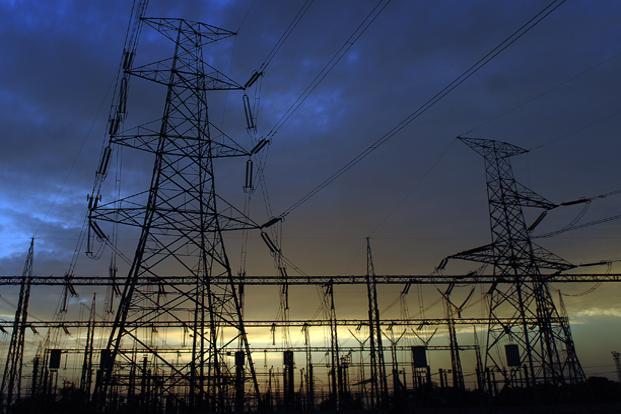While our prime minister and the right wing supporters say that the increase of energy prices is caused by renewable energy schemes, we know better. The public is aware that it is caused by a rather large investment made for network expansion and upgrades.
This has caused a large problem for our regulators, as they allowed these investments and coddled the companies who made them. While network operators demand their money back, coupled by the decline in the demand for electricity, many more manufacturing businesses are closing as more rooftop solar systems are installed.
Higher-fixed electricity tariffs
More people are buying energy-efficient appliances and thus, network operators are trying to come up with new revenue raising ideas. The most popular suggestion is to charge higher fixed electricity tariffs, otherwise called time-of-use tariffs. Therefore, utilities are ensured to get money from their customers, even though they are using less electricity.
Another suggestion is that consumers have to pay higher electricity tariffs during peak power consumption hours. Although electricity tariffs are rarely pitched during these peak times, this move targets more lucrative parts of the day, afternoon and mid-evening.
This is usually called “cost-reflective” pricing. To be honest, it leaves many people nervous, especially those in the solar industry, as they fear that this tariff change may be used to reinforce network revenues, to punish those who use rooftop solar and those who plan to add battery storage in an effort to improve self-consumption.
This is a turning point for the industry, as there are people from the networks who believe that higher fixed electricity tariffs defeat the purpose and that TOU tariffs will provide customers with the opportunity to arbitrage using low peaks.
The Australian Energy Regulator warned that using electricity tariffs to create barriers to newer technology would be self-defeating. They believe that it would make more customers flee the grid and leave a massive amount of stranded assets in their wake.
The Australian Photovoltaic Institute also highlights the problem. The APVI is concerned that this may just help protect network revenues.
One of the primary concerns is the networks’ determination to recoup the spending on their past investments. This would include the $50 billion spending binge, which many call “gold plating.”
The APVI says that customers must not be forced to pay for investments, as they did not choose them, nor do they need them.
The APVI believes that the modelling underestimates the many benefits of rooftop solar PV and the cost of air-conditioning, as this is the primary driver of peak demand. They also state that based on some network pricing models, network benefits from increased sales from electric vehicles and air conditioning.
According to APVI, NERA modelling does not understand how these costs are allocated and nor do they understand the benefits brought by the solar PV in the reduction of peak demand. They state that the electricity bills calculated by NERA Consulting on households without PV systems are not those incurred by the household, but those of the DNSP.
These are important points, which should be considered before electricity tariff changes influence our electricity bills.

